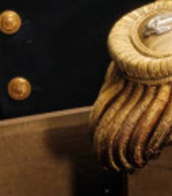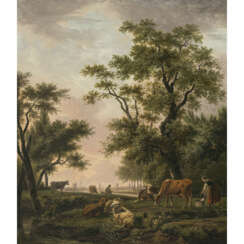paul tis

Paul Cézanne, a French Post-Impressionist painter, was pivotal in shaping the transition from 19th-century art to a new, revolutionary approach in the 20th century. His unique and exploratory brushstrokes, utilizing planes of color to form complex fields, made his work instantly recognizable and influential in the development of Cubism.
Cézanne’s early works, influenced by Romanticism and Realism, evolved into a groundbreaking artistic language. He challenged traditional perspective and academic art rules, focusing on objects' structural aspects and art's formal qualities. This approach led to a renewed emphasis on impressionistic color space and modulation principles.
His most notable works, like “Mont Sainte-Victoire,” “The Card Players,” and “The Bathers,” display his mastery in creating depth and dimension through color gradations. These paintings, initially met with skepticism, eventually cemented Cézanne’s reputation as a pioneering artist. His exhibitions, particularly the one-man show by dealer Ambroise Vollard in 1895, played a critical role in his recognition.
Cézanne’s impact on art history is profound, with greats like Henri Matisse and Pablo Picasso acknowledging him as a significant influence. His exploration of geometric forms and innovative use of light and color laid the groundwork for subsequent movements, particularly Cubism.
For collectors and art experts, Cézanne's works are more than just paintings; they are pivotal chapters in the narrative of modern art. His creations, bridging Impressionism and Cubism, continue to inspire and challenge contemporary artists.
To stay updated on new product sales and auction events related to Paul Cézanne, sign up for our updates. This subscription ensures you remain informed about the latest developments in the world of this revolutionary artist.


Balthasar Paul Ommeganck was a distinguished Flemish painter, born in Antwerp, Belgium, in 1755. He garnered acclaim for his unique approach to landscape painting, blending realism with an idealized portrayal of nature. Ommeganck's work is characterized by detailed observation of nature, a sure line, and subtle use of color. His favorite subjects were undulating landscapes, often featuring grazing animals like cows, sheep, and goats.
Balthasar Paul Ommeganck's talent was not confined to painting alone; he was also a skilled draughtsman and dabbled in sculpture, producing some clay models of sheep and cows. His main contribution to art was combining the light found in Dutch Italianate painters' work from the 17th century with meticulous observation of nature, finding a synthesis between realism and an idealized representation of nature.
In 1799, Balthasar Paul Ommeganck's landscape painting won the first prize in Paris, a competition he had not intended to enter but was submitted to by a friend. His success extended beyond the borders of Belgium, as he became a member of several academies, including those in Amsterdam, Brussels, Ghent, Munich, and Vienna. In 1809, he was recognized as a corresponding member of the Institut de France.
Despite his death in 1826, Balthasar Paul Ommeganck's style continued to influence landscape painting in the 18th and early 19th centuries. However, later art critics have sometimes viewed his adherence to classic tradition and preference for the picturesque and conventional as a form of 'hopeless traditionalism'.
For collectors and enthusiasts of art and antiques, Balthasar Paul Ommeganck's works represent a significant period in the history of landscape painting. His paintings, with their fusion of realistic detail and atmospheric beauty, are a testament to his skill and vision.
To keep abreast of the latest news, sales, and auction events related to Balthasar Paul Ommeganck's art, consider subscribing to our updates. This service ensures you stay informed about opportunities to delve deeper into the works of this notable landscape artist.







Paul Mathias Padua was a German painter. He felt committed to the tradition of Wilhelm Leibl, a realist who was highly esteemed by Adolf Hitler, and was extremely successful as an artist during the National Socialist era.

































































